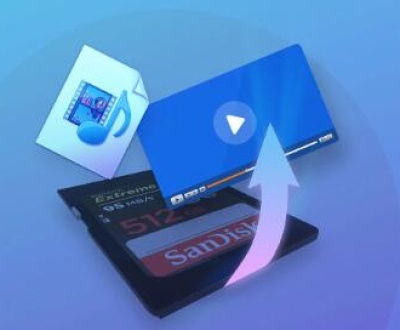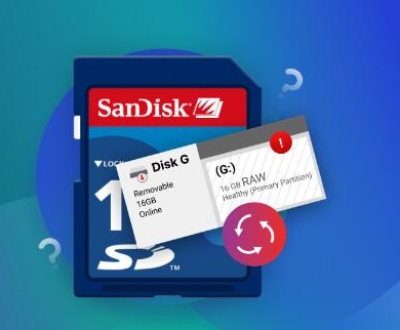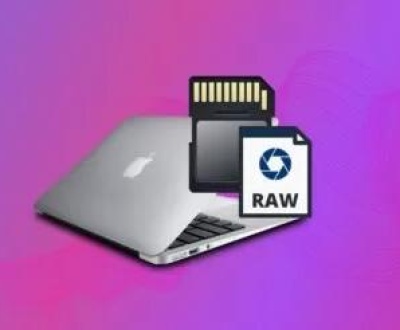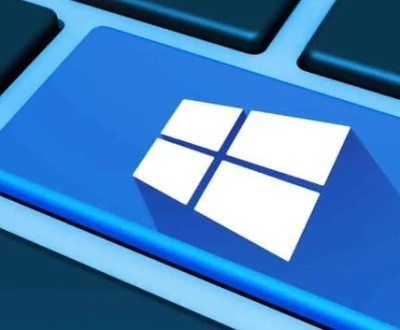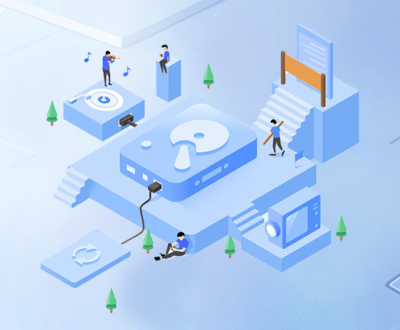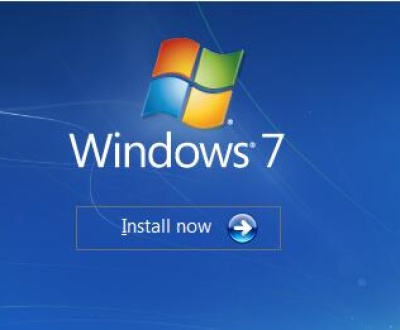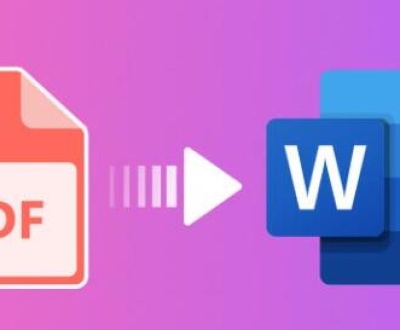Music libraries can quickly become cluttered with duplicate files, taking up valuable storage space and making it difficult to organize your collection. Duplicate music files may arise from various sources, such as downloading the same song multiple times, syncing music across devices, or importing files from different sources.
Duplicate Music Files
Duplicate music files are exact copies of the same song that exist in your library. They can be problematic for several reasons:
Storage Issues: Duplicates consume unnecessary disk space.
Organizational Challenges: Finding specific tracks can become tedious with multiple copies.
Playback Confusion: Having duplicates may lead to confusion over which version to play or which to delete.
Common Causes of Duplicate Music Files
Multiple Downloads: Downloading the same song from different sources.
Imports from Various Libraries: Importing files from multiple devices or applications.

File Renaming: Renaming files incorrectly can sometimes result in duplicates.
Backup and Syncing: Backing up music or syncing across devices without proper organization.
Method 1: Manual Deletion
If you have a relatively small music library, manually deleting duplicates can be a straightforward process. Follow these steps:
Step 1: Open Your Music Folder
Navigate to Your Music Folder:
Open File Explorer and go to your music library folder, typically located in C:\Users\[Your Username]\Music.
Step 2: Sort by Name
Sort Files:
Click on the “Name” column to sort your files alphabetically. This will help group duplicates together.
Step 3: Identify Duplicates
Scan for Duplicates:
Look for songs with the same title and artist. Pay attention to different file extensions (e.g., .mp3. .wav).
Step 4: Delete Duplicates
Select and Delete:
Right-click on the duplicate files you want to remove and select “Delete.” Confirm the deletion when prompted.
Method 2: Using Windows Search
Windows Search can help locate duplicate files more efficiently:
Step 1: Use the Search Bar
Open File Explorer:
Navigate to your music folder.
Search for Files:
In the search bar, type the song title or artist name to locate duplicates quickly.
Step 2: Sort Results
Sort by Date Modified or Size:
Sort the search results to help identify duplicates based on size or modification date.
Step 3: Delete as Needed
Select Duplicates:
Choose the duplicates you wish to delete and right-click to delete them.
Method 3: Using Software Tools
For larger music libraries, using software designed to find and delete duplicates can save time and effort. Here are some popular options:
1. Panda Assistant
Panda Assistant is a powerful data recovery software designed to help users recover lost or deleted files from various storage devices, including SD cards, external hard drives, USB drives, and computers. With its user-friendly interface, Panda Assistant simplifies the recovery process, making it accessible for both novices and experienced users alike.
The software employs advanced scanning algorithms to locate and recover a wide range of file types, including documents, photos, videos, and music. One of its standout features is the deep scan capability, which thoroughly searches for files that might be overlooked by standard recovery tools. Additionally, Panda Assistant allows users to preview recoverable files before restoring them, helping to ensure that only the necessary files are selected.
Compatible with multiple file systems, Panda Assistant enhances its usability across different devices and operating systems. The software prioritizes data integrity and security, offering a reliable solution for recovering files lost due to accidental deletion, formatting, or corruption.
2. MusicBrainz Picard
Overview: MusicBrainz Picard is primarily a music tagging application but includes features for finding duplicates.
How to Use:
Download and Install: Visit the MusicBrainz Picard website to download the software.
Add Your Music Folder: Open Picard and drag your music folder into the program.
Scan for Duplicates: The software will analyze your files and identify duplicates based on tags and file data.
Review and Edit Tags: You can choose to edit tags for duplicates and save changes, or delete them directly.
3. CCleaner
Overview: CCleaner is a well-known optimization tool that includes a duplicate file finder.
How to Use:
Download and Install: Get CCleaner from the official website.
Open CCleaner: Launch the application and go to the “Tools” section.
Select Duplicate Finder: Click on “Duplicate Finder.”
Set Scan Criteria: Choose your music folder and define search parameters (e.g., name, size, content).
Start Scan: Click “Search” to find duplicates.
Select and Delete: Review the results, select duplicates, and delete as needed.
Method 4: Using Windows Media Player
If you use Windows Media Player to manage your music library, it can help identify duplicates:
Step 1: Open Windows Media Player
Launch the Application:
Find and open Windows Media Player on your PC.
Step 2: Organize Library
Go to Library View:
Click on the “Library” tab to view your music collection.
Step 3: Sort by Title or Artist
Sort for Easy Viewing:
Click on the “Title” or “Artist” column to sort the music library.
Step 4: Identify and Delete Duplicates
Look for Duplicates:
Manually check for duplicate entries.
Delete Unwanted Duplicates:
Right-click on duplicates and select “Delete” to remove them.
Method 5: Use a Music Management Software
Consider using music management software that includes duplicate detection features. Some popular options include:
iTunes
iTunes allows you to consolidate your library and remove duplicates. Use the “File” menu to find and delete duplicates within your library.
MediaMonkey
MediaMonkey offers extensive music library management features, including duplicate detection. It can identify duplicates and help you organize your library effectively.
Best Practices for Managing Music Libraries
To avoid accumulating duplicate music files in the future, consider these best practices:
Regularly Organize Your Library:
Set aside time to review and organize your music collection periodically.
Use Consistent Naming Conventions:
Adhere to a standard naming format for your music files to reduce the chances of duplicates.
Limit Downloads:
Be cautious when downloading music to avoid acquiring multiple copies of the same song.
Back Up Your Library:
Regularly back up your music library to prevent loss and simplify the recovery of files if duplicates occur.
Utilize Cloud Storage:
Consider using cloud storage services to store your music library, which often have built-in deduplication features.
Deleting duplicate music files on your PC can significantly improve your music library’s organization and efficiency. Whether you choose to tackle duplicates manually, utilize built-in Windows features, or employ specialized software tools, there are numerous effective methods at your disposal. By following the best practices outlined in this guide, you can maintain a clean and efficient music collection, ensuring that you can easily find and enjoy your favorite tracks without the clutter of duplicates.
About us and this blog
Panda Assistant is built on the latest data recovery algorithms, ensuring that no file is too damaged, too lost, or too corrupted to be recovered.
Request a free quote
We believe that data recovery shouldn’t be a daunting task. That’s why we’ve designed Panda Assistant to be as easy to use as it is powerful. With a few clicks, you can initiate a scan, preview recoverable files, and restore your data all within a matter of minutes.
Subscribe to our newsletter!
More from our blog
See all postsRecent Posts
- Retrieve deleted videos from sd card 2025-04-25
- How to retrieve damaged sd card? 2025-04-25
- Retrieve photos from sd card 2025-04-25

 Try lt Free
Try lt Free Recovery success rate of up to
Recovery success rate of up to

